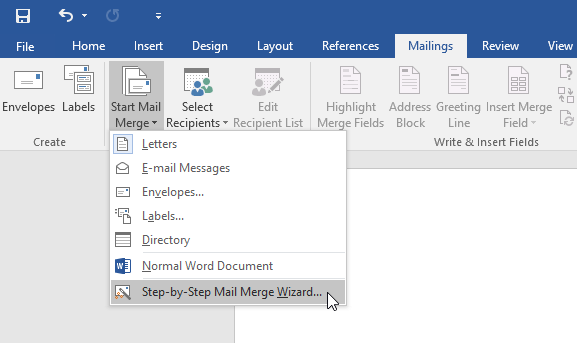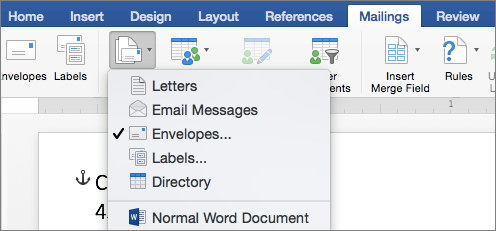

- #Mail merge for text messages mac how to#
- #Mail merge for text messages mac mac os x#
- #Mail merge for text messages mac archive#
Note: You'll need two-factor authentication enabled for your Apple ID to flip the switch on for Messages sync, so make sure you've followed those instructions first. Want to use Apple's sync service for Messages? You'll need to manually enable it.
#Mail merge for text messages mac how to#
(On the downside, if you accidentally delete a conversation in one place, it'll get deleted everywhere.) How to turn on Messages in iCloud
#Mail merge for text messages mac archive#
And when you log into a new device, even if you haven't restored from backup, you'll be able to get that whole archive in short order. Messages for iCloud eliminates those issues: If you choose to sync your messages to iCloud, you'll keep a constantly-backed-up archive of your messages that can be pulled down to any of your devices at any time. In the meantime, if you’ve been looking for a way to personalize this kind of content–and I should note that Pages Data Merge even lets you automatically attach the created files to individualized email messages–then this might work as well for you as it has for me.VPN Deals: Lifetime license for $16, monthly plans at $1 & more It’s great that Apple’s robust automation (and Sal’s wizardry) means that you can make this work even without Apple building it in, but I would love to see a more robust solution. Maybe this isn’t exactly the kind of low-hanging fruit that Apple’s looking to add to Pages, but it’s definitely a bit of a hole in functionality right now. The one downside is that every time I want to do a new batch I have to remind Pages Data Merge which Numbers columns go to which Pages placeholders, but honestly, that doesn’t take more than 30 seconds or so.

I used it to grab names and addresses that I’d entered in Numbers, plug them into the envelope template, and then generate individual Pages files for each personalized envelope–and it worked a treat. Those placeholders can then be addressed by scripts, and Pages Data Merge can import rows of data from Numbers (or other sources like a CSV file) and generate separate Pages files (or PDFs, ePubs, DOCs, and more) with the spreadsheet data plugged in to the template. Long story short, there’s a feature in Pages that lets you tag parts of documents as placeholder text.
/ExcelData-5bec4181c9e77c0026283623.jpg)
Among the wondrous resources you can find there is a little helper application called Pages Data Merge, which did pretty much exactly what I was looking for.
#Mail merge for text messages mac mac os x#
Chris’s article in turn pointed me towards AppleScript guru Sal Soghoian’s Mac OS X Automation sites. Which is exactly what Mail Merge is supposed to do.Įxcept Pages doesn’t have a Mail Merge feature.Ī little bit of Googling later and I turned up a solution from, of course, from my old Macworld colleague Chris Breen. But rather than typing or copying-and-pasting addresses into the envelope template I set up in Pages, it seemed like it would save time to automate that process.

So naturally here I am, twenty-five years later, in a situation where Mail Merge is actually quite useful: I’ve recently been sending out quite a bit of snail mail 1, and I discovered that my printer could print envelopes (albeit one at a time, which is kind of a bummer). When I was a kid, poring over tech books like The Macintosh Bible, I always found myself glossing over the sections about Mail Merge, which I–rightfully, I maintain–dismissed as something boring that only adults had to worry about. Automate This: Mail Merge with Pages and Numbers


 0 kommentar(er)
0 kommentar(er)
